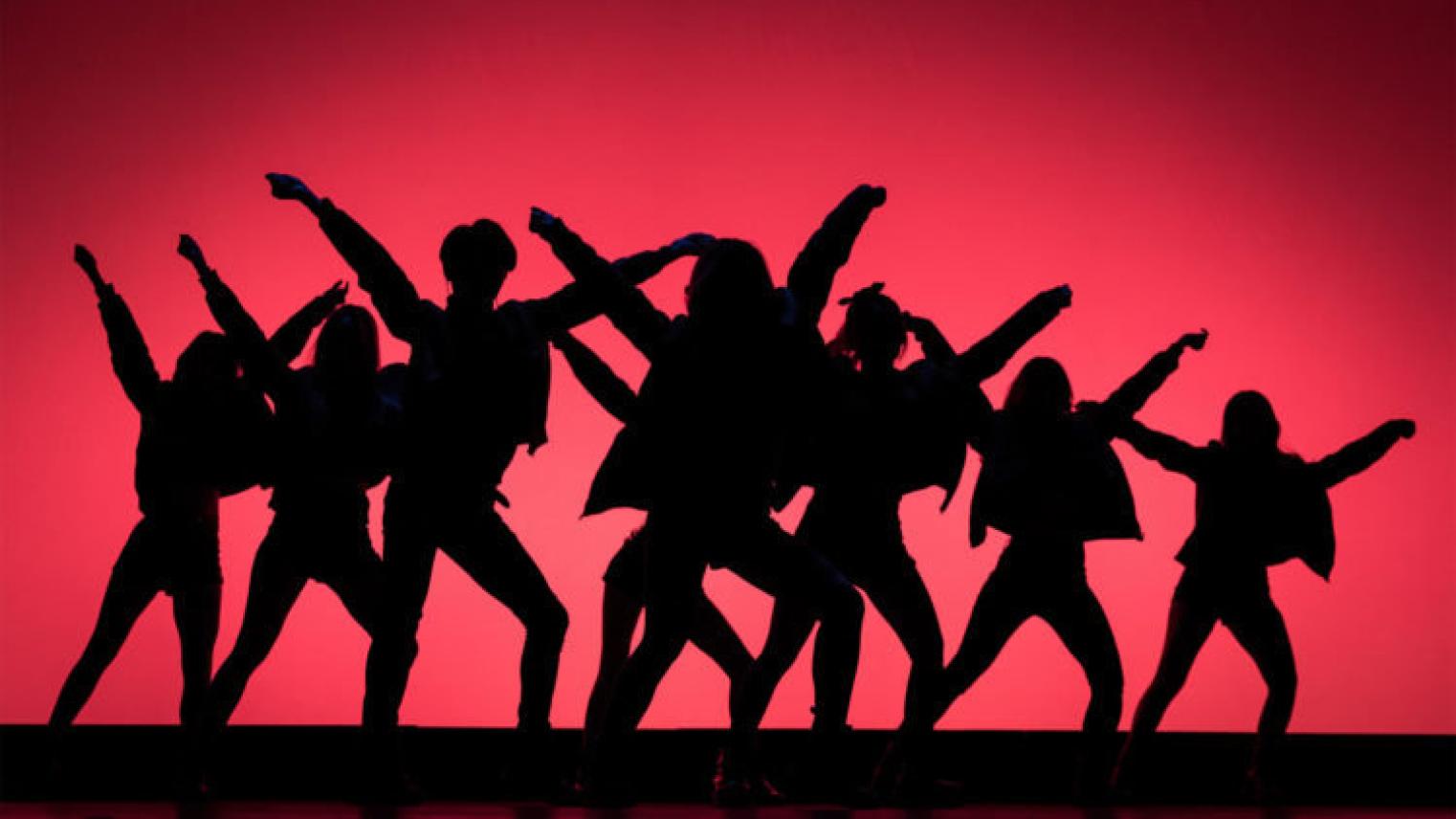K-pop Dance: From Seoul to the World

When fans think of K-pop, they don’t just hear it—they see it. Every sharp shoulder pop, perfectly timed spin, and group moving as one is part of a choreography as iconic as the music itself. Dance isn’t just a part of K-pop—it’s half the art.
Step into a plaza, studio, or university common room anywhere in the world, and you’ll spot groups of fans moving in perfect sync, recreating the dynamic routines of their favourite idols. What began in Seoul’s studios has become a global phenomenon, with K-pop dance at its very heart.
Roots of the Rhythm
K-pop’s explosive stage presence is no accident. Its choreography blends jazz funk, hip hop, street dance, and contemporary movement. In the early 1990s, as Korean pop began to take shape, choreographers fused these styles with a uniquely Korean precision: every group formation, every synchronized step crafted for maximum impact. Unlike Western pop, where individuality often dominates, K-pop’s appeal lies in dozens of moving parts coming together as one polished whole.
Behind every three-minute performance is relentless discipline. Idols spend years as trainees, rehearsing daily for hours. Practice is as much about endurance as artistry, with performers mastering formations, facial expressions, and timing until routines feel effortless on stage—though they are anything but.
A Global Phenomenon
Today, social media has transformed K-pop dance into a worldwide language. Fans learn routines from YouTube tutorials, TikTok challenges, or fan-made breakdowns, often gathering in public spaces for flash mobs or cover competitions. A BTS concert in Los Angeles, a BLACKPINK pop-up in Jakarta, or a Stray Kids dance cover in São Paulo — all show how choreography bridges cultures, creating shared moments of joy and energy.
Fans don’t just watch—they participate. Cover groups spring up in cities from Melbourne to Manila, some building followings of their own. Online, viral dance challenges see millions uploading their takes on the latest routines. In this way, K-pop dissolves the boundary between idol and audience: anyone with a phone or a studio becomes part of the performance.
At its core, K-pop dance is more than sharp angles, synchronised steps, or catchy hooks. It’s an expression of cultural creativity, blending global influences with local flair, and a community-builder connecting people across borders. In every body roll, finger heart, and chorus of fans singing along, K-pop dance proves that movement is one of the most powerful ways to make the world feel just a little bit smaller.
If you always wanted to learn K-pop dancing, here is your chance! Enrol now for the 2025 Immersia K-Pop dance workshop!